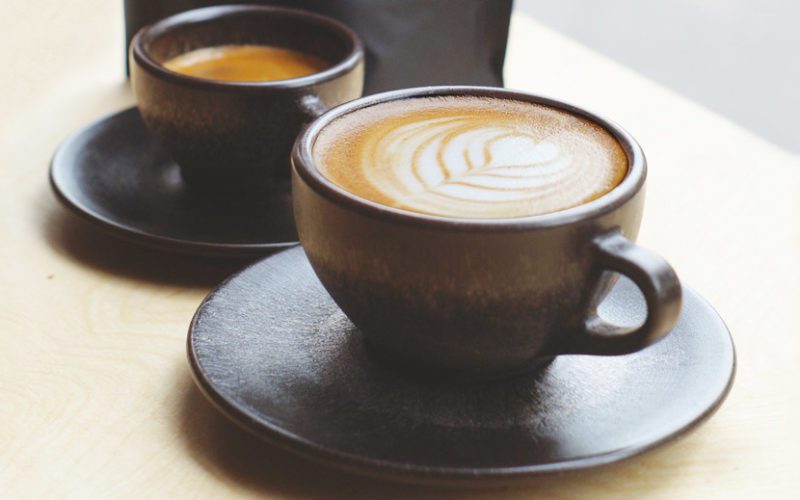Coffee has a deep and dark history, but in the past few decades, there have been different trends that have contributed to coffee’s popularity. Before we jump the gun and talk about how coffee has risen in demand, let’s explore the true state of the coffee industry today.
Would you be surprised to know that?
- 35% of coffee drinkers like their Java black.
- 65% of coffee is consumed at breakfast.
- The US spends $4 billion importing coffee each year.
- The average coffee drinker spends $164.71 on coffee a year.
- There are 100 million daily coffee drinkers in the US.
- 30 million of these daily coffee addicts prefer specialty espresso drinks like cappuccinos, lattes, etc.
- Coffee accounts for 75% of all caffeine consumed in the US.
Coffee drinking habits continue to remain steady. Meaning, the love for coffee isn’t just a passing fad. The Specialty Coffee Association of America tells us that the 58% of consumers over age 18 that drink coffee daily compares to 56% in 2010, 59% in 2009, and 60% in 2008.
Even office supply super retailer Staples decided to join in on the fun to give us a better glimpse into the average workplace coffee culture:
- A 20 person office will consume 62 cups of coffee a day.
- Even though up to 25% of Americans may skip breakfast, 50% will still drink morning coffee for fuel.
This brings us full circle back to the question at hand. It’s an inarguable fact that coffee is indispensable for millions of Americans day in and day out. How did coffee get to where it is today? When did it become so darn popular?
5 Major Coffee Events That Changed History
Looking back into the history of coffee could take you some time. Coffee was said to have originated in Ethiopia centuries ago, where it soon made its way through the Arabian Peninsula into Europe, finally reaching the US. You can check out the early history of coffee for more information.
Once coffee set sail to America, there were 5 notable events that changed the practice of coffee drinking as we know it today:
- 1670 – Deep in the heart of Boston, Dorothy Jones was granted a license to become the first official American coffee trader. Wahoo! Coffee trading began with a bang.
- 1773 – The good, old Boston Tea Party made it unpatriotic to drink tea. As a result, coffee gained a foothold amongst tea drinkers. A number of taverns started to serve coffee as makeshift “coffee houses.”
- 1861 – The Civil War began, and soldiers took coffee rations with them to the battlefields. Coffee popularity climbed.
- 1920-1930 – Soldiers returned to the US from World War I and were so addicted to their newfound coffee habit from military rations that coffee houses grew by 450% in the US.
- 1971 – You knew this was coming. Starbucks was introduced in 1971, spurring on the birth of specialty coffee houses across the nation.
In the 70s and 80s, coffee became increasingly popular in the US because of the marketing of percolators. This was a device that everyone wanted to have in their own home, but it turned out that it was not so easy to use to make a simple brew.
From there, people moved on to the gratification of instant coffee because it allowed them to have a cup of Joe in just a few seconds. Countless brands of instant coffee popped up on the market at that time to satiate consumer demand, including several multimillion dollar marketing campaigns to fight out who was the best of the best in instant coffee producers.
This instant appeal is what made room for the many coffee houses that remain popular today. This is precisely why so many American coffee drinkers are willing to stand in a Starbucks line for up to 15 minutes just to get a quick latte or cappuccino made to their liking. Can you blame them?
Specialty Coffee Seals the Deal
Before we wrap up the rising history of America’s favorite drink, we can’t forget how specialty coffee has shaped the present coffee industry. Before Starbucks opened its doors in 1971 and turned specialty coffee on its head, an appreciation for specialty coffee began to grow in the 1960s.

